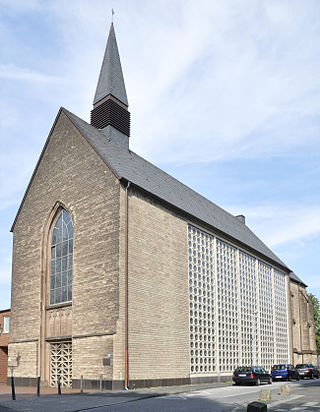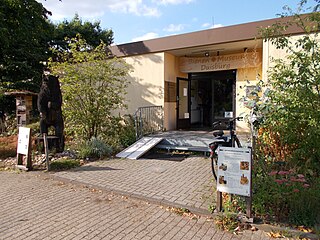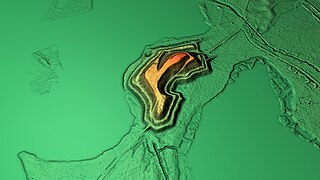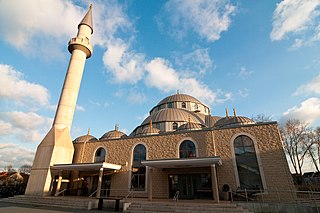18 Sights in Duisburg, Germany (with Map and Images)
Legend
Welcome to your journey through the most beautiful sights in Duisburg, Germany! Whether you want to discover the city's historical treasures or experience its modern highlights, you'll find everything your heart desires here. Be inspired by our selection and plan your unforgettable adventure in Duisburg. Dive into the diversity of this fascinating city and discover everything it has to offer.
Sightseeing Tours in Duisburg1. Salvatorkirche
The Salvatorkirche is the old city church in Duisburg and is one of the places of worship of the Protestant parish of Alt-Duisburg, which belongs to the Duisburg church district of the Evangelical Church in the Rhineland. It was built on the site of an older palatine church on Duisburg's Burgplatz since the 14th century. Together with the Willibrordi Cathedral in Wesel, the church is one of the most important late Gothic church buildings on the right bank of the Lower Rhine.
2. Kultur- und Stadthistorisches Museum Duisburg
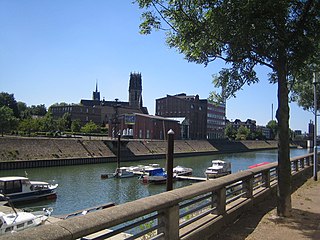
The Kultur- und Stadthistorisches Museum is a municipal museum in the old town of Duisburg, North Rhine-Westphalia. It was created in 1902, and his collection was initially exhibited in the town's town hall. After several moves, it is now housed, together with the neighboring city archive, in the redesigned buildings of a grain mill in Duisburg's inner harbor.
Wikipedia: Kultur- und Stadthistorisches Museum Duisburg (DE), Website
3. Haus Böckum
Haus Böckum is a medieval aristocratic residence in the Duisburg district of Huckingen on the old Angerbach. Haus Böckum is the only surviving moated castle in Duisburg, even if most of its moats are dry today.
4. Liebfrauenkirche
The Liebfrauenkirche on König-Heinrich-Platz is the former parish church of the Catholic parish of Liebfrauen in Duisburg-Mitte. It was consecrated in 1961 and profaned in 2010. Since 2005, the building has been a listed building, and since 2013 it has been the independent "Kulturkirche Liebfrauen". The sponsor is the non-profit Brennender Dornbusch Foundation.
5. St. Hubertus
The Roman Catholic Church of St. Hubertus is located in the Rahm district of the city of Duisburg in North Rhine-Westphalia. It was built by 1925 according to plans by Franz Schneider, consecrated in 1928 and placed under monument protection in 1985.
6. Deutsche Oper am Rhein /Kulturbetriebe Stadt Duisburg
The Deutsche Oper am Rhein is an opera company based in Düsseldorf and Duisburg. The opera also has an associated classical ballet company. Axel Kober has been its Music Director since 2009. The resident orchestra, the Düsseldorfer Symphoniker, play both opera and symphonic repertoire.
7. Kreuzeskirche
The Kreuzeskirche in the Duisburg district of Marxloh is a Protestant church that was built from 1903 to 1905 according to plans by the architect Heinrich Behrens. In 1985 it was placed under monument protection. It is one of the two places of worship of the Protestant parish of Marxloh-Obermarxloh in the Duisburg church district of the Evangelical Church in the Rhineland. Typical of the Hamborn-Marxloh area, which is characterized by industrialization, is the church island with the vicarage, which is also a listed building.
8. Haus Hartenfels
Haus Hartenfels is a castle-like country estate located in the Duisburg city forest in the district of Neudorf-Nord. The house stands at 82.53 m above sea level on the northern summit of the Backelsberg, the highest elevation in Duisburg at 83.7 m above sea level.
9. Wasserturm Hohenbudberg
The Hohenbudberg Water Tower is an industrial monument located in Duisburg-Friemersheim on the border with Krefeld-Hohenbudberg. It was built in 1916 by the Prussian railway administration to supply the nearby Hohenbudberg marshalling yard. It was used to supply the steam locomotives with process water and was used for this purpose until 1964. Today it is privately owned and used as a residential building.
10. alter Brückenpfeiler der ersten Duisburg-Hochfelder Eisenbahnbrücke
The Duisburg–Hochfeld railway bridge spans the Rhine in the German city of Duisburg on the Duisburg-Ruhrort–Mönchengladbach line. The first bridge was built by the Rhenish Railway Company and put into operation at the end of 1873. It was replaced by a new bridge in 1927, which was badly damaged during the Second World War, but rebuilt and is still serves rail traffic between the Ruhr region and Aachen.
11. Tausendfensterhaus
The Ruhrort House, popularly known as the Thousand-Window House, was built from 1922 onwards as an administrative building for the coal and steel company Rheinische Stahlwerke in Duisburg-Ruhrort, Ruhrorter Straße 187, on the backfilled part of the shipyard port. The uniform rows of windows gave the house its nickname, in fact it has a total of 510 windows.
12. Museumsschiff Oscar Huber
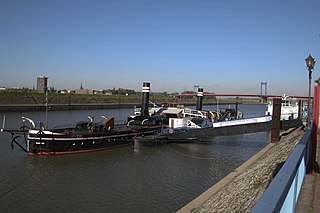
The Oscar Huber is a side-wheel tugboat, which today lies as a museum ship in the Vincke Canal in Duisburg-Ruhrort. The ship is the last surviving paddle steamer on the Rhine, it belongs to the Museum of German Inland Navigation at the railway port further north.
13. Museum Küppersmühle für moderne Kunst (MKM)
Museum Küppersmühle (MKM) is a Centre for Modern and Contemporary Art based in Duisburg's Inner Harbour. It houses the Ströher Collection. It is part of the Duisburg: Town and Harbour section of the Ruhr Industrial Heritage Trail.
14. Stadttheater / Duisburger Philharmoniker
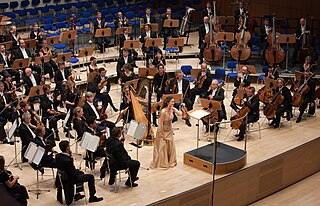
The Duisburg Philharmonic Orchestra is a German orchestra based in Duisburg. The orchestra is resident at the Philharmonie Mercatorhalle Duisberg. The Duisburger Philharmoniker is the accompanying orchestra of the Duisburg Opera "Deutsche Oper am Rhein".
15. Karmelkirche
The Roman Catholic Carmelite Church in Duisburg (North Rhine-Westphalia) is a former religious church of the Carmelites, which was built after the Second World War on the foundations of the former Minorite Church.
16. Bienenmuseum
The Bee Museum of the Duisburg District Beekeepers' Association in Rumeln-Kaldenhausen is a small natural history museum about beekeeping. It is located in a pavilion on the grounds of the Albert Einstein Gymnasium.
17. Wolfsberg
The Wolfsberg in Duisburg-Wedau is located on the Wolfssee in the middle of the local recreation area of the Six Lakes District. It is a wooded rubble and slag heap with a height of 28 meters on an area of 6 ha. A blue-painted steel observation tower has stood on its summit since 2005, after the wooden predecessor building fell victim to arsonists. At 63.1 m above sea level, it is one of the highest publicly accessible points in Duisburg, after the Backelsberg near Haus Hartenfels and the Kaiserberg at Duisburg Zoo. In good weather, you can see from the platform to the surrounding area of Cologne.
18. DITIB-Merkez-Moschee
Duisburg Cathedral Mosque is the largest mosque in Germany. Located in the city of Duisburg in the west of Germany, a building with a Silver dome 23 meters high and a minaret 34 meters high. The mosque has a community center and a religious school. The initiator of the mosque in Duisburg was the local Muslim community.
Share
How likely are you to recommend us?
Disclaimer Please be aware of your surroundings and do not enter private property. We are not liable for any damages that occur during the tours.
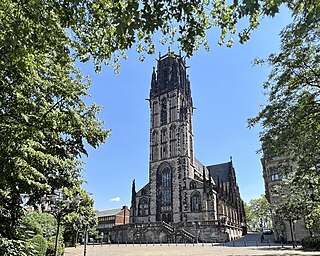
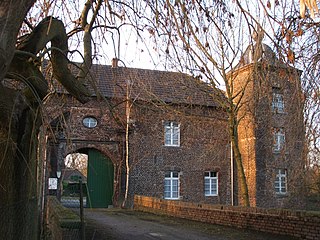
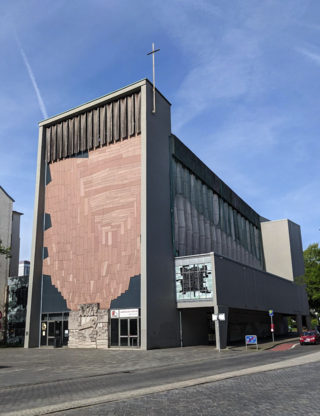
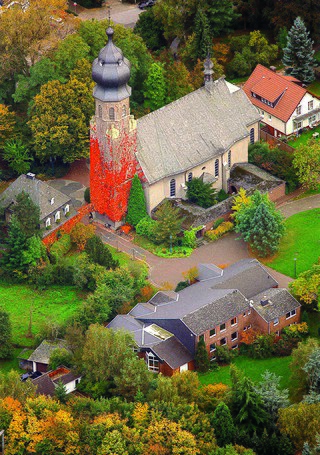
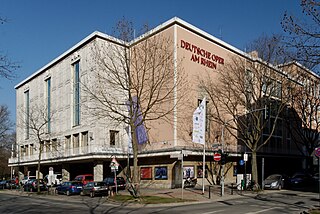
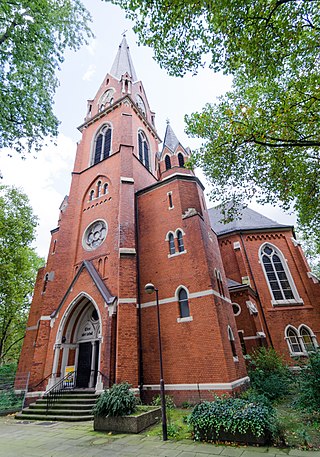
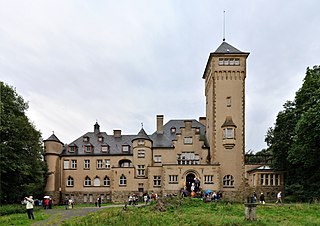
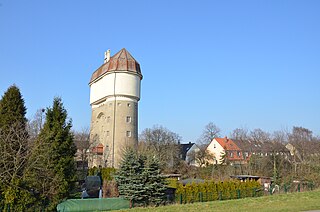
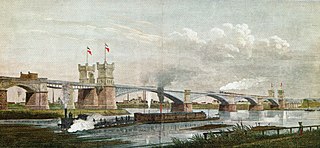
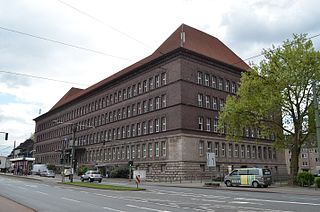
.jpg)
